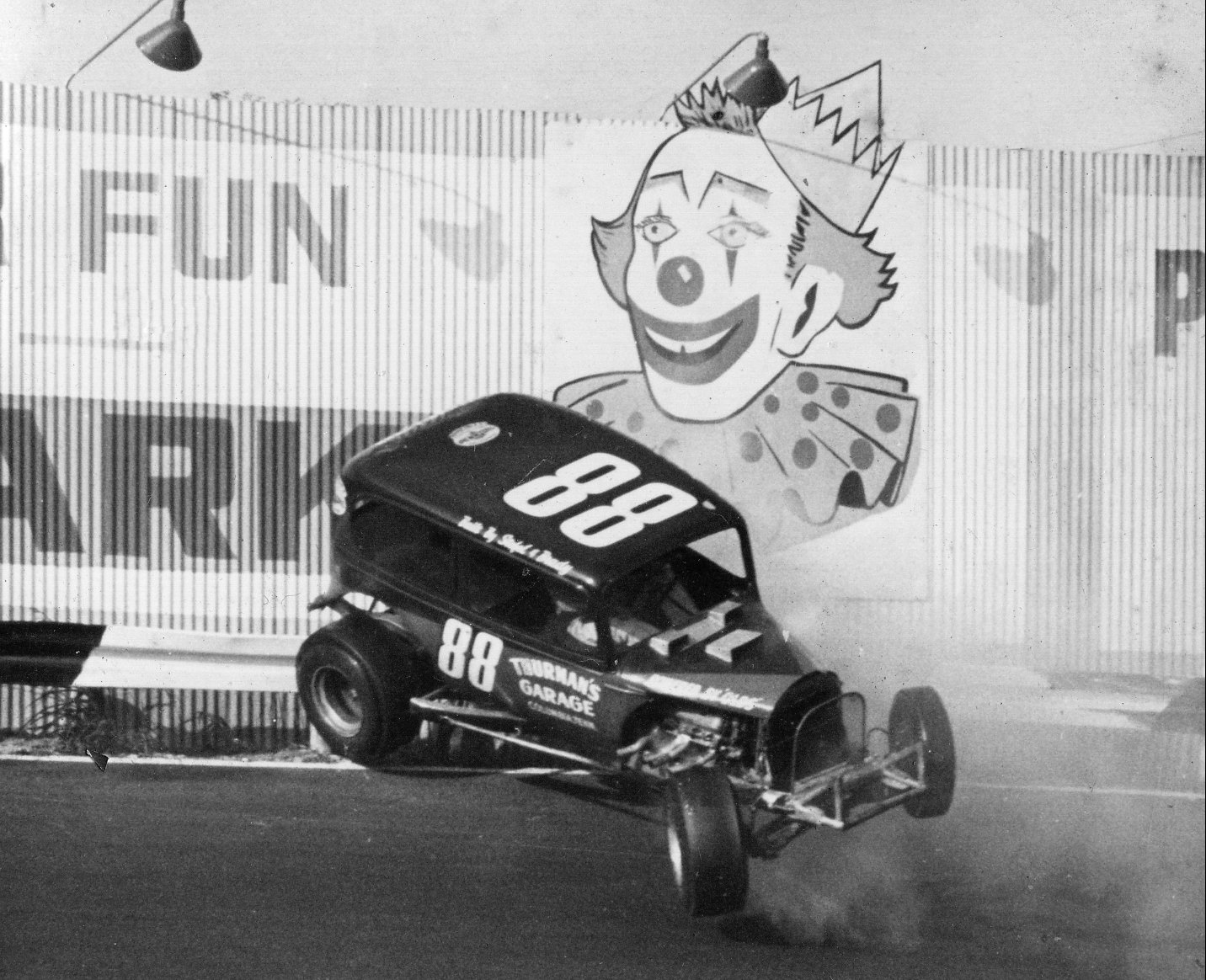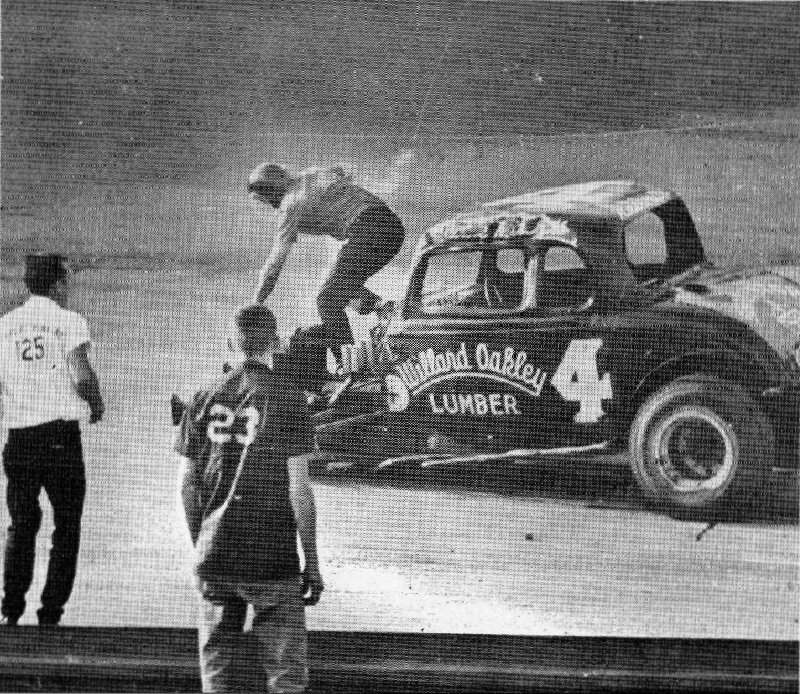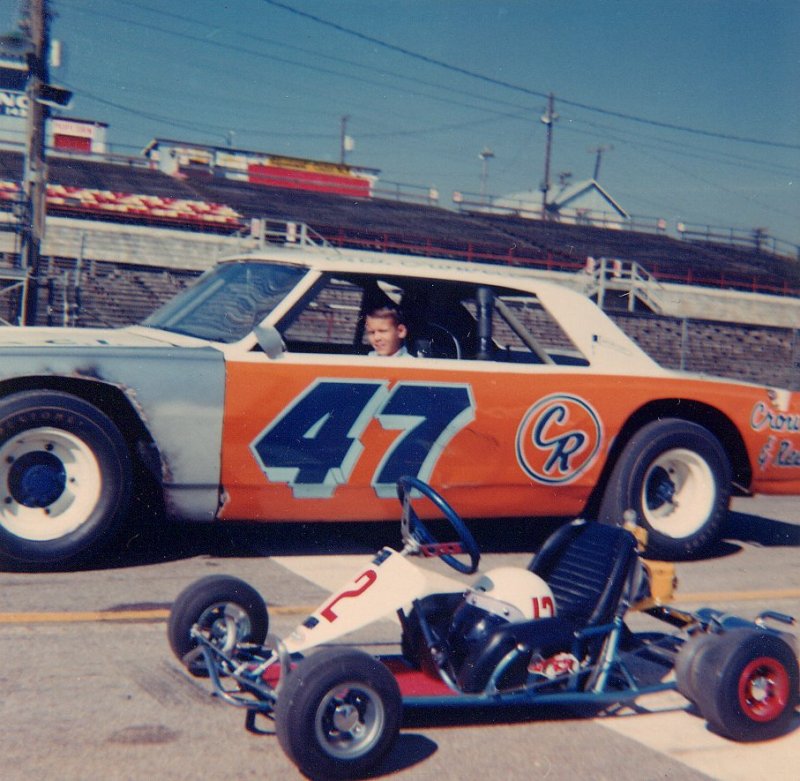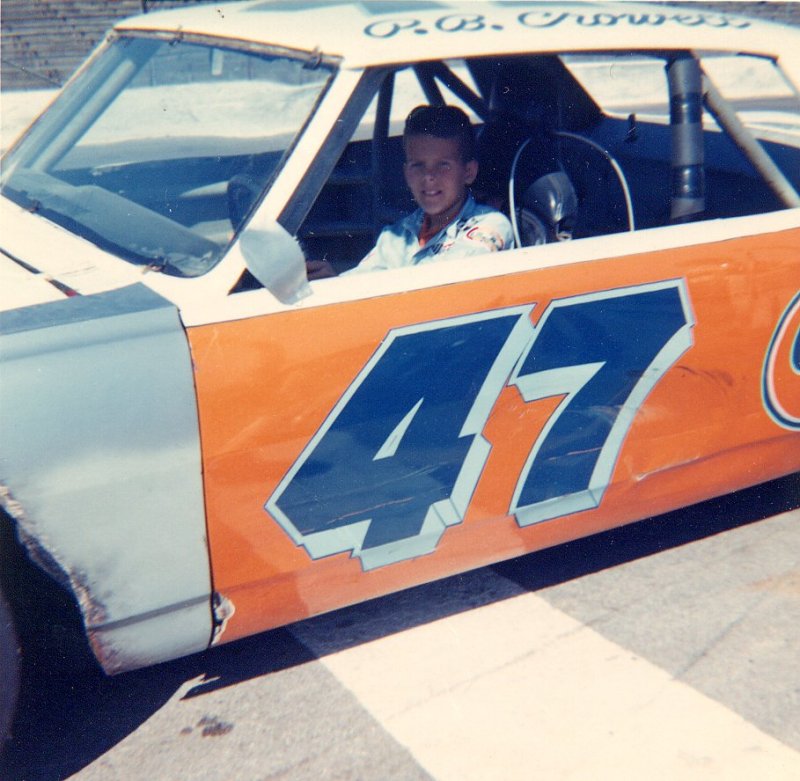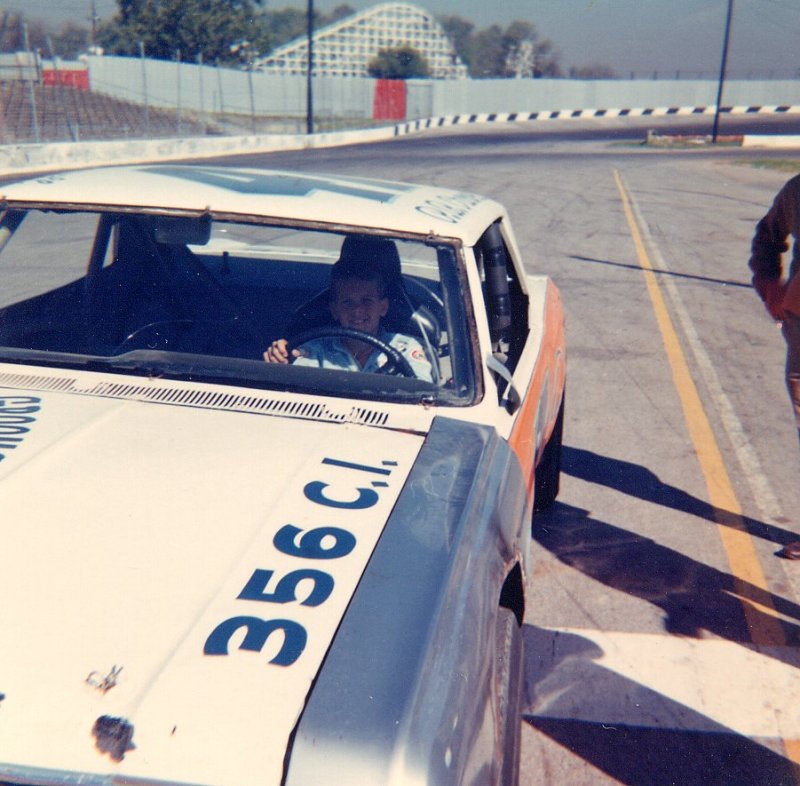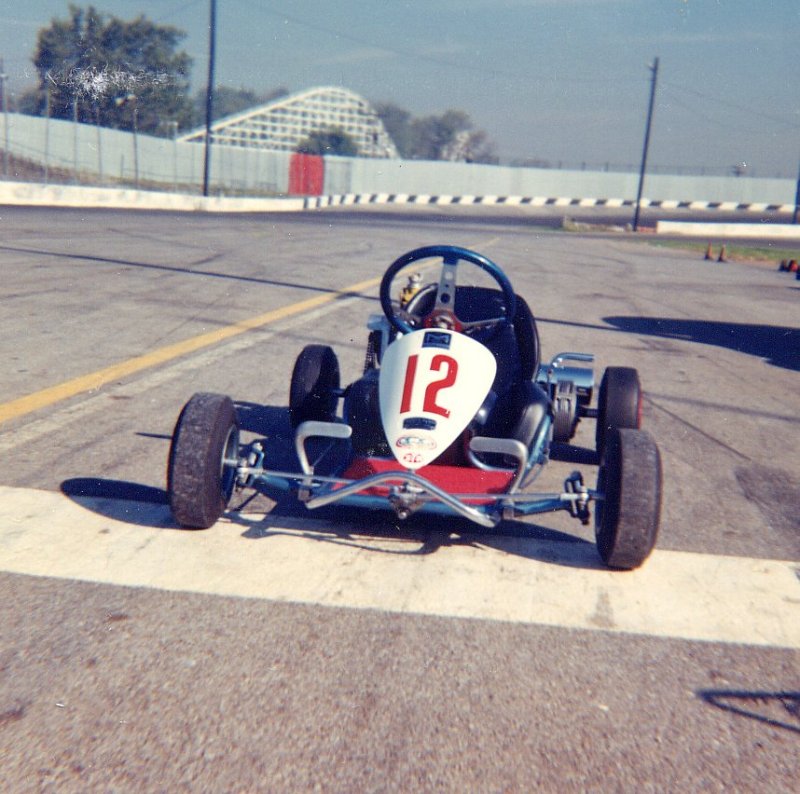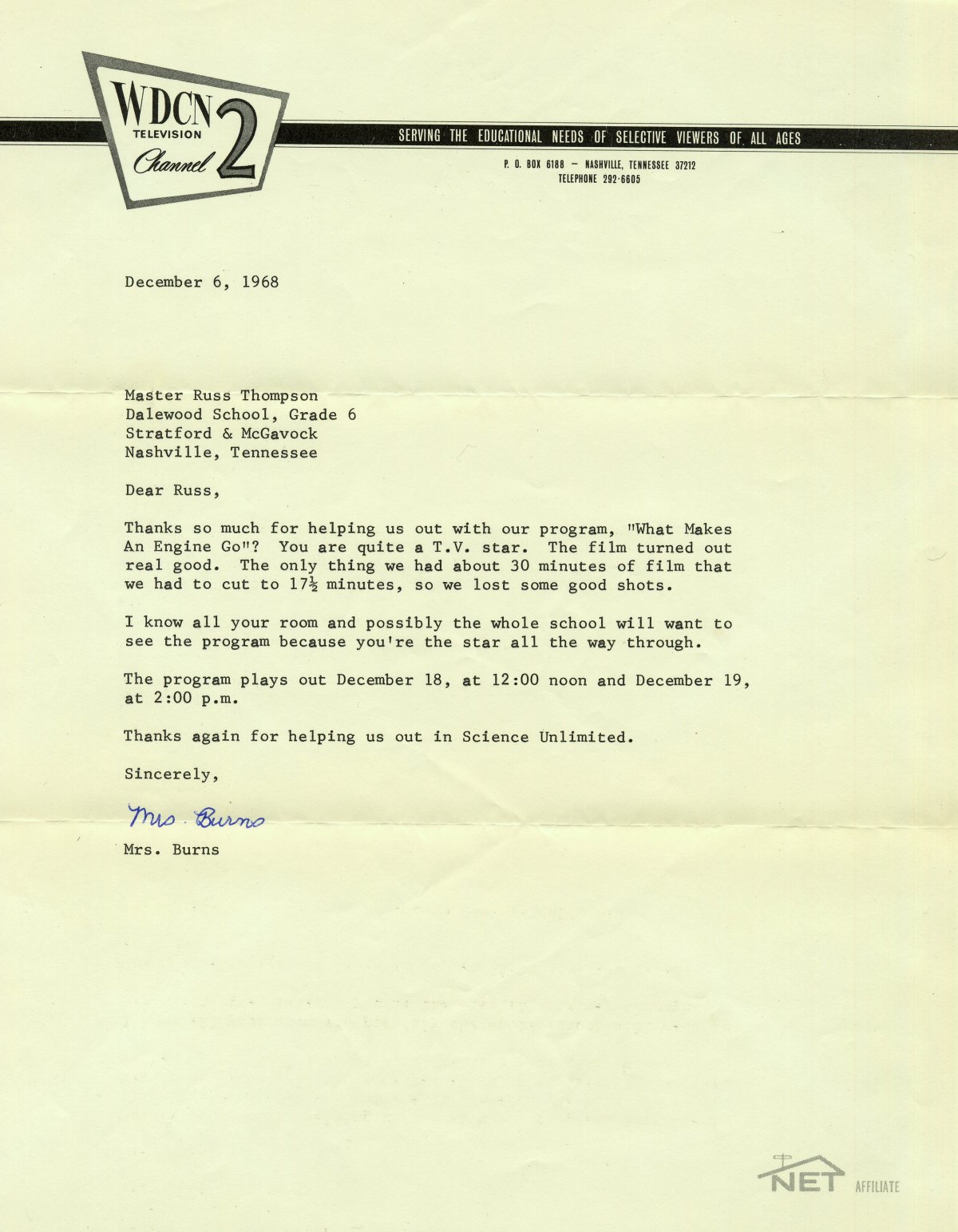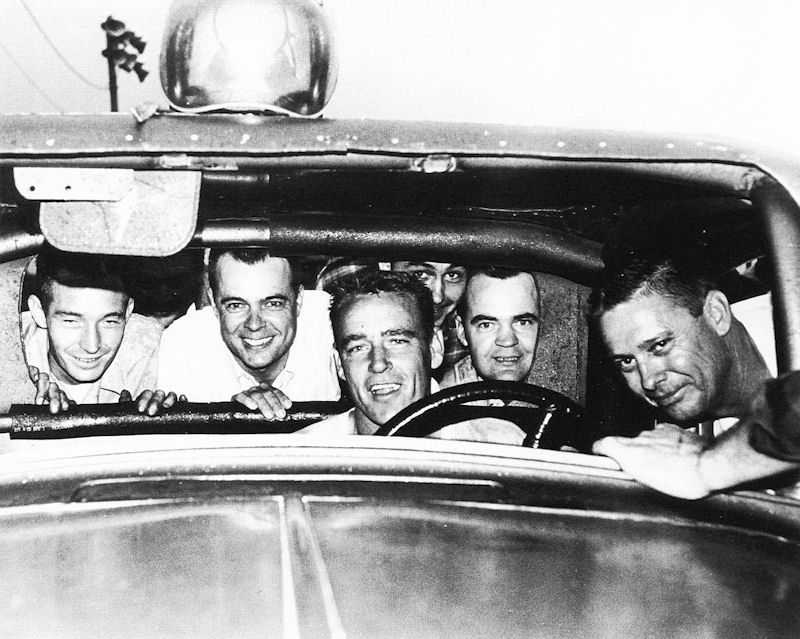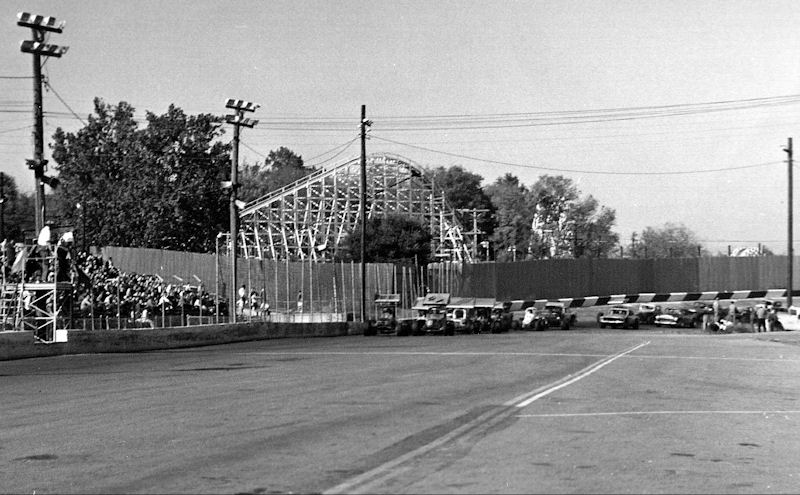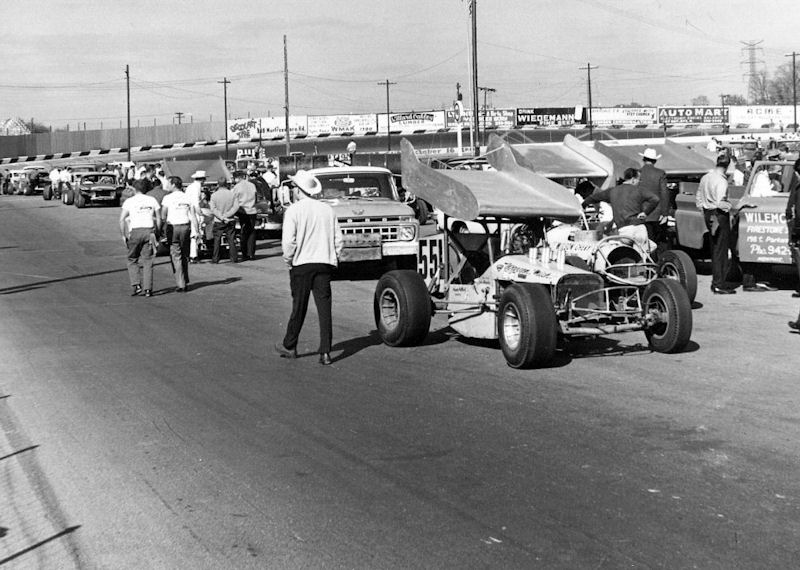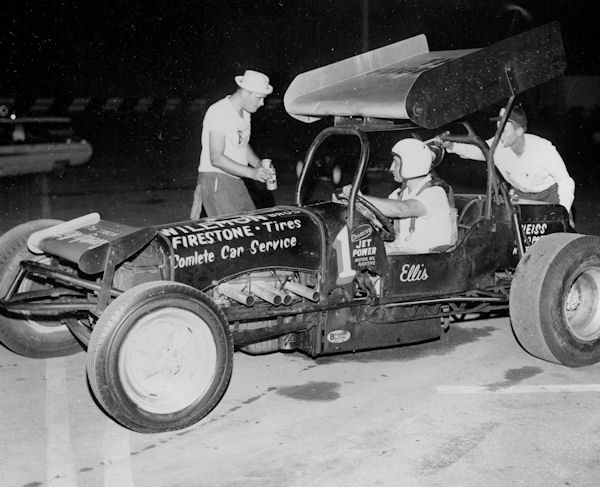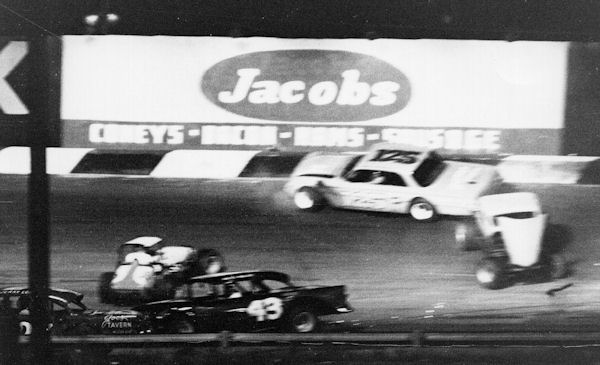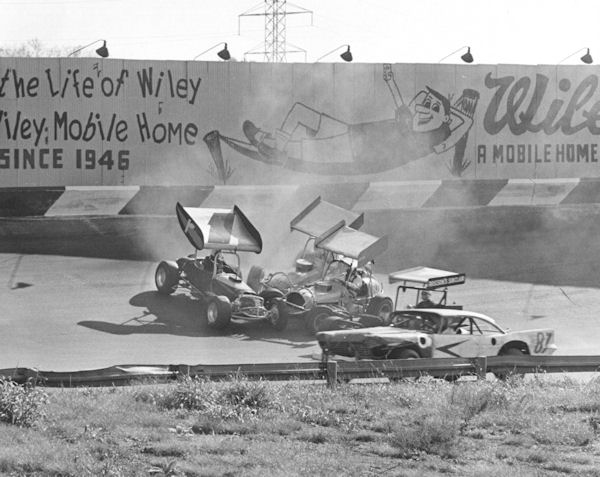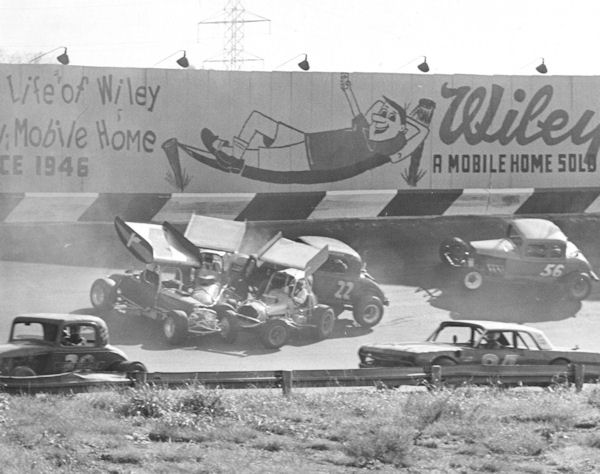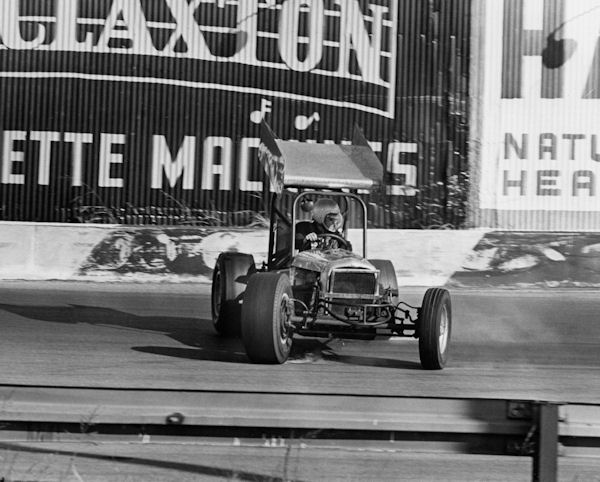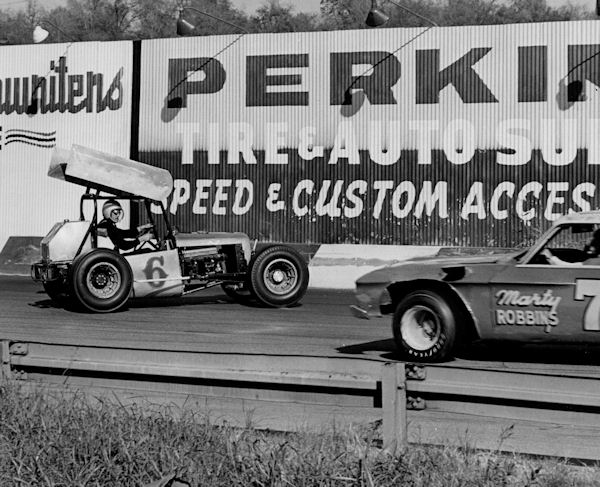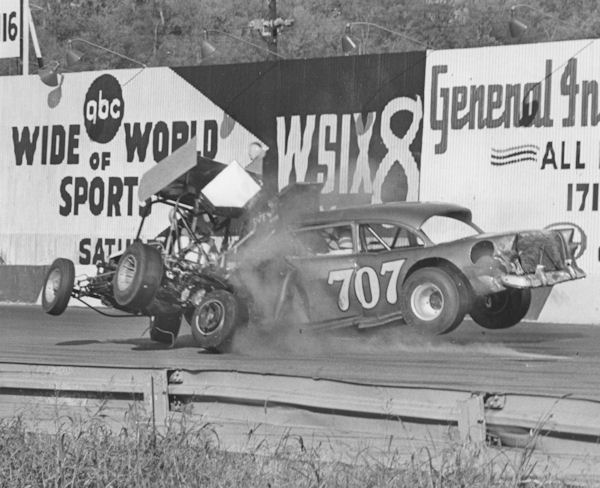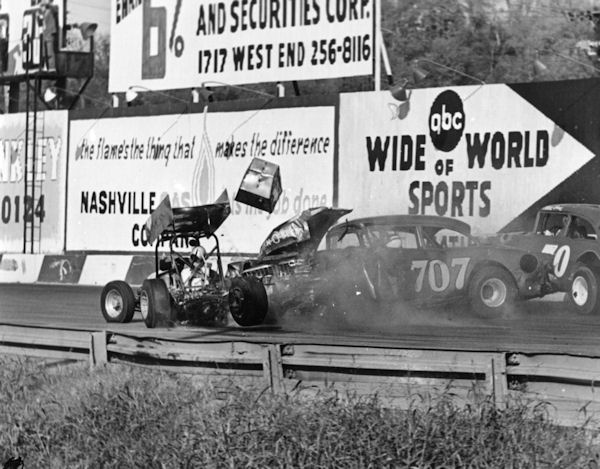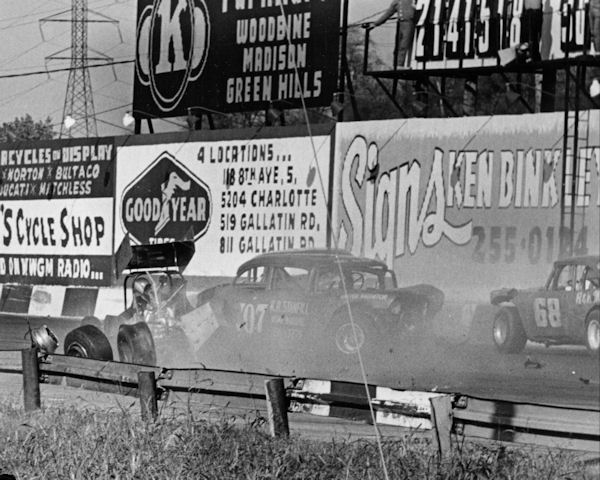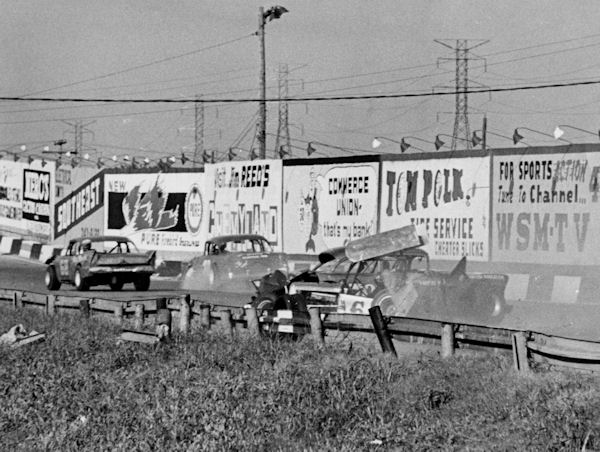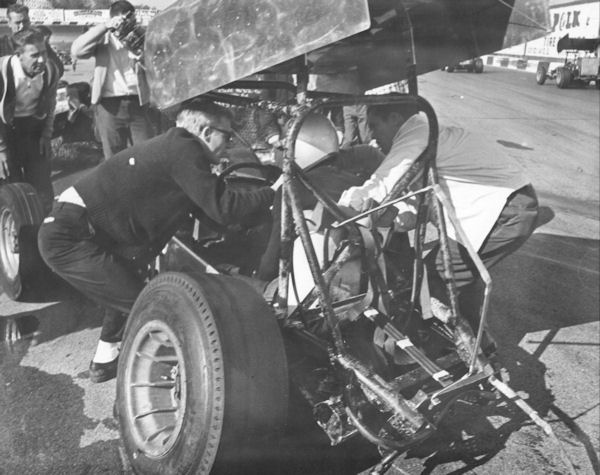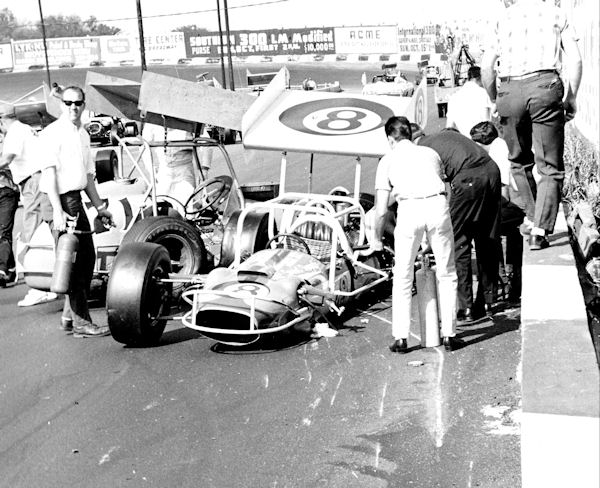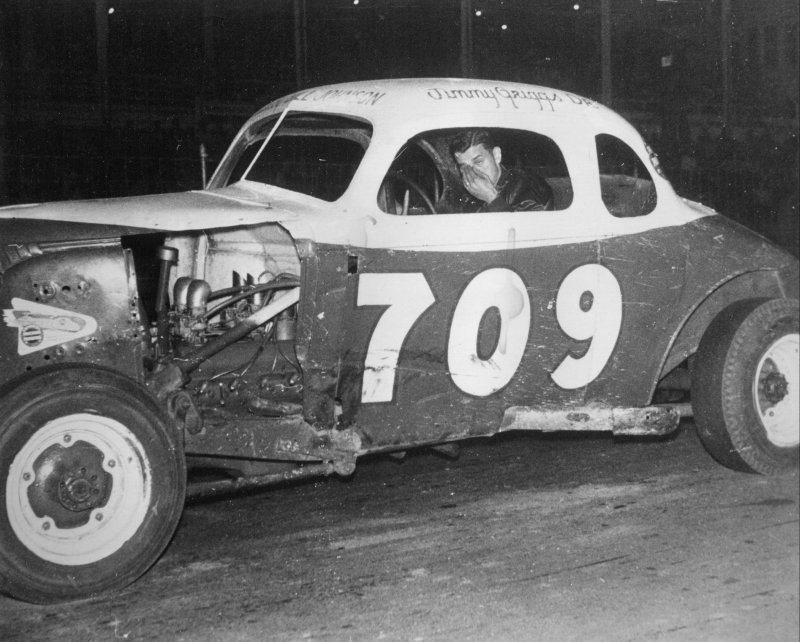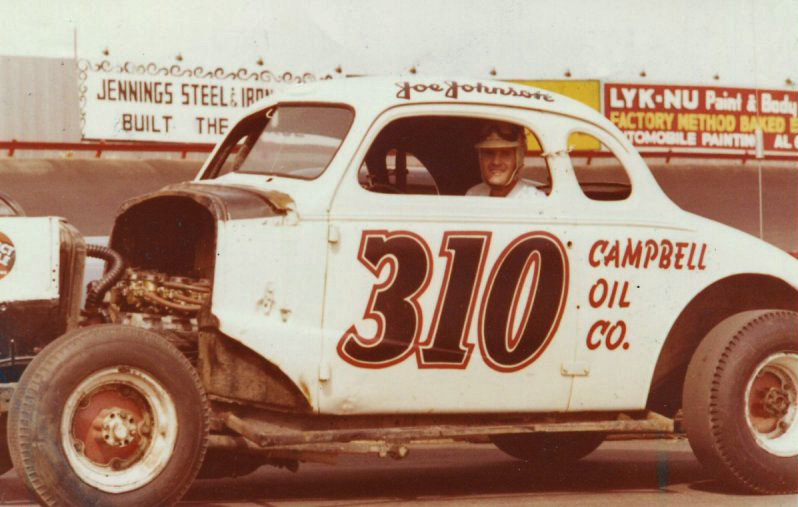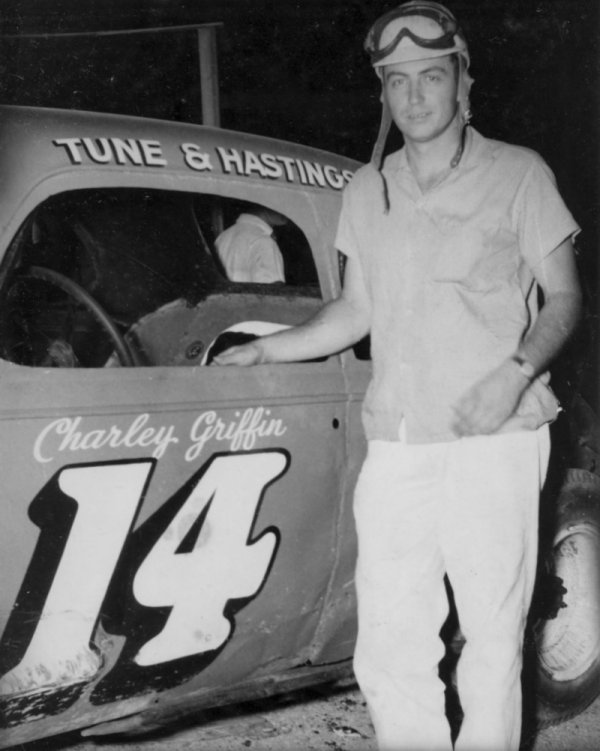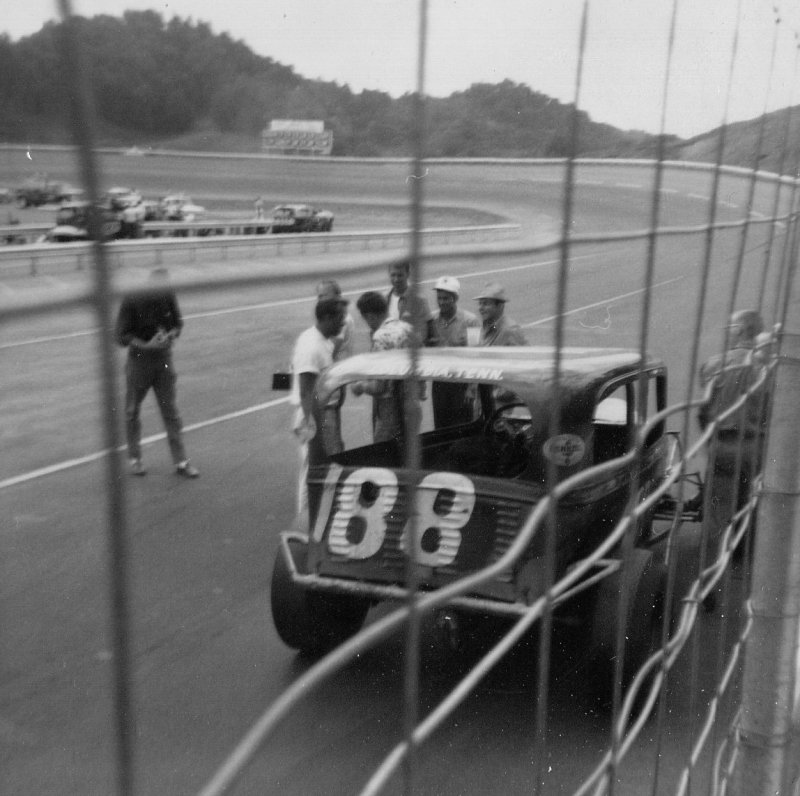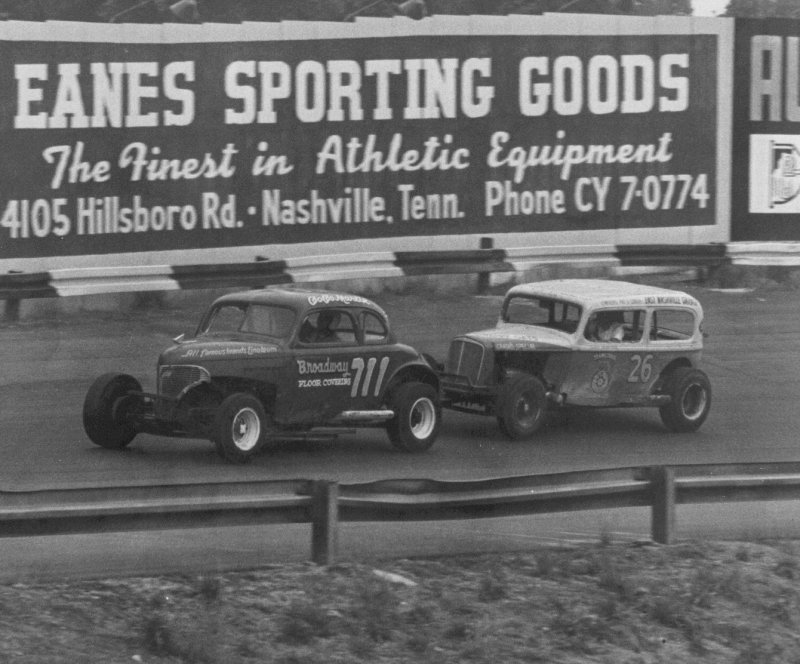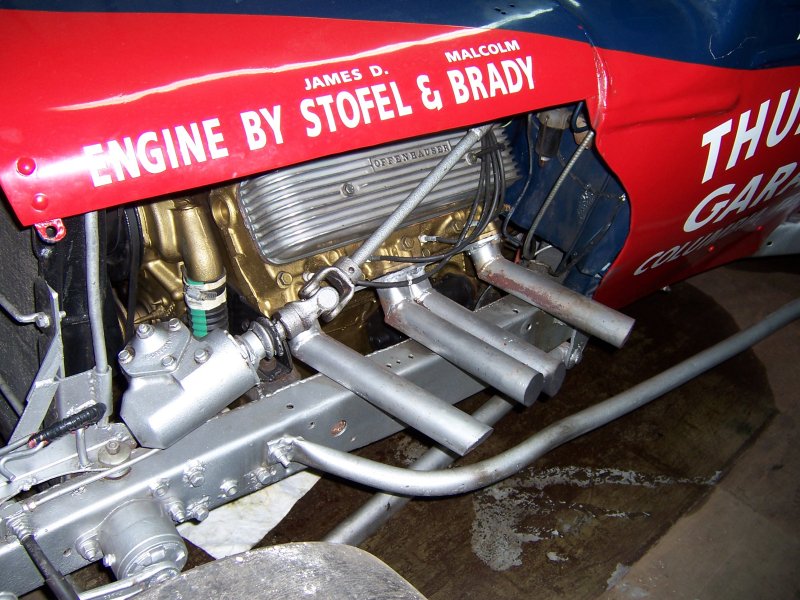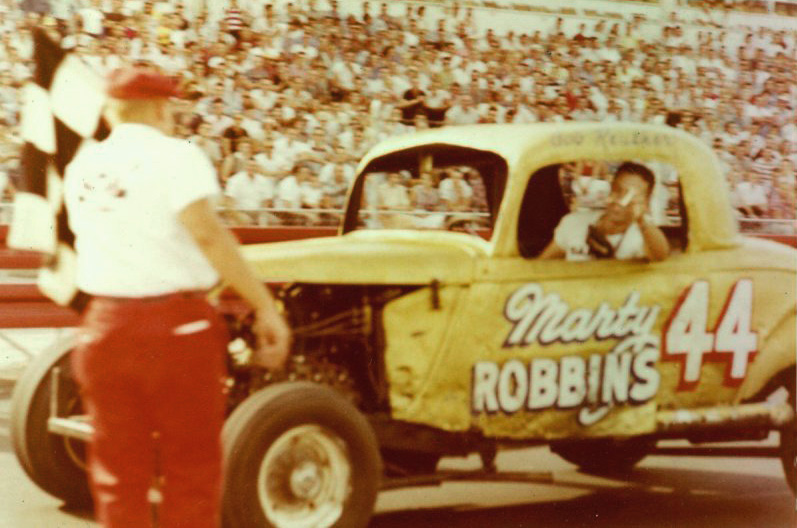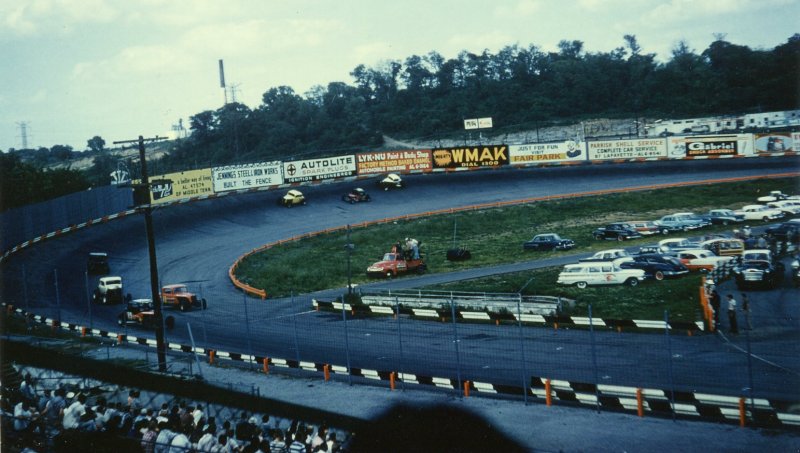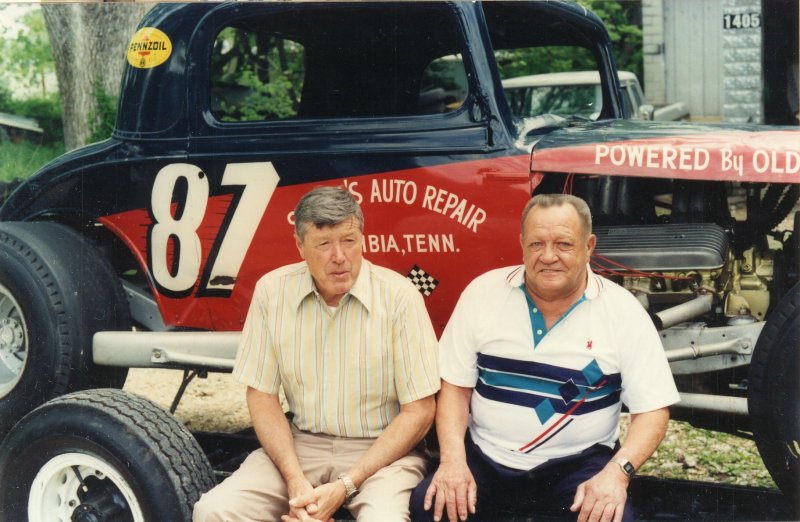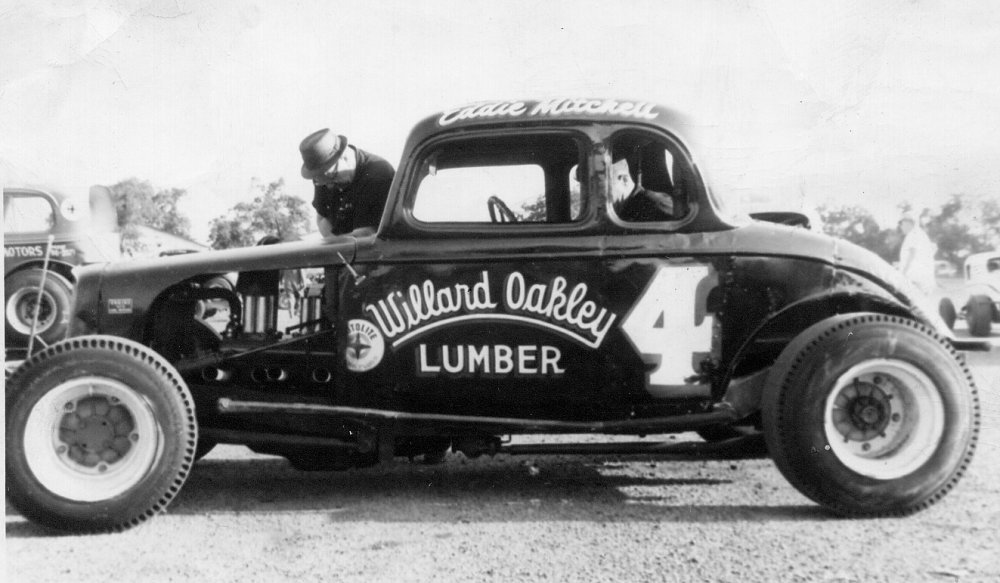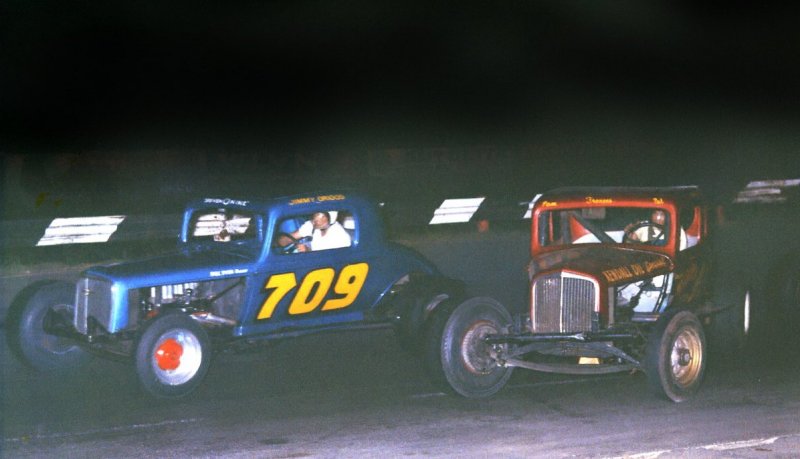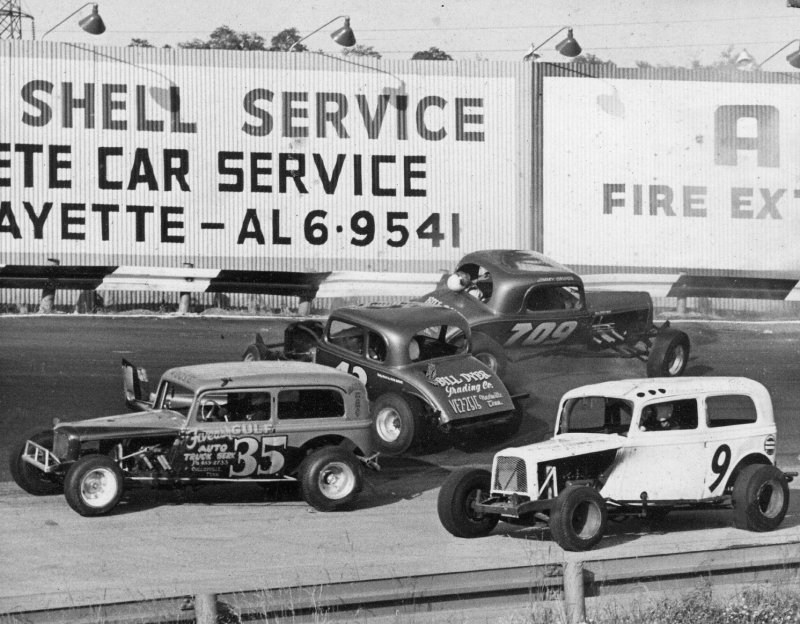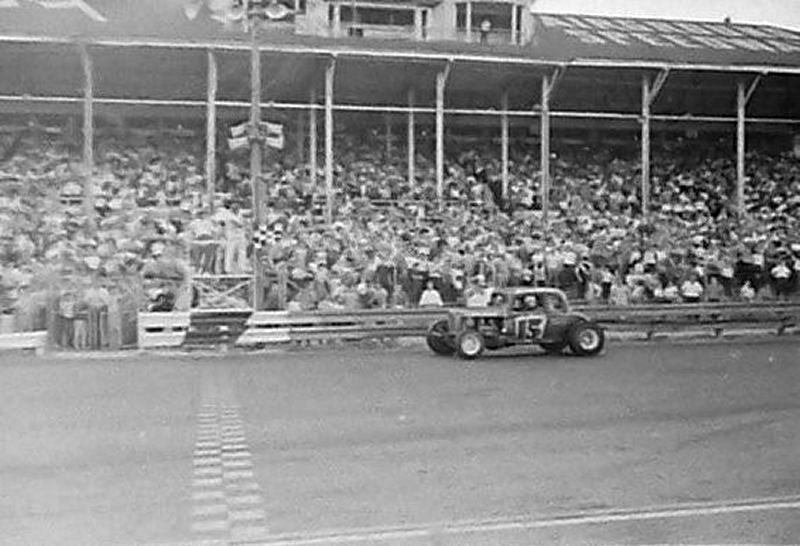For almost 100 years, September in Nashville means it’s time for the Tennessee State Fair. And for many of those 100 years there has been some type of racing happening on the variety of tracks that have been on the Fairgrounds site. This story is to belatedly celebrate the 65th anniversary of the day the Fairgrounds played a major part of racing history.
My job working races with the tv crew has allowed me to do some things and meet some people I never would have dreamed I would have had the opportunity to do or meet.
One of the coolest people I’ve met on my journey never actually raced at the Fairgrounds, but in 1946 he set a world’s record speed for a one mile dirt oval on the track at the Tennessee State Fairgrounds.
If you’re over 50 and have been a race fan since you were a kid you know the name Andy Granatelli. In 1963 he returned the famed Novi cars to the starting field at Indianapolis. In 1964 he came up with a promotion for a product sold by one of his companies and it made that product a household name.
The product was an oil treatment called STP. Andy designed a uniform for the pit crews to wear that looked like white pajamas with the red oval STP stickers plastered all over them.
Andy’s first trip to Indianapolis was for the big race in 1946. After a brief stint behind the wheel (which is a story in itself!) he owned cars throughout the fifties and sixties before Mario Andretti won the 1969 Indianapolis 500 driving a car owned by Granatelli.
If you are in your forties and are a long-time stock car fan, you might remember a little sponsorship deal Andy did just before the start of the 1972 NASCAR season. Again, it involved STP, and he thought it would be a good idea to sponsor a car in the series Winston had just signed on to be the title sponsor. Andy signed Richard Petty and Buddy Baker as his drivers, got Richard to change the color of his cars from Petty Blue to STP red (with a little blue to keep the King happy), and as of now the longest sponsorship partnership in the history of racing was born.
But before all of this, Andy was a driver. Maybe that was by default. More than a driver, Andy was a promoter. And that’s a whole other story. Are you starting to figure out there is no such thing as a simple story when it comes to Andy Granatelli?
After World War II Al Sweeney was promoting a circuit for sprint cars called the IMCA (for International Motor Contest Association). They were a rung below the cars that ran at Indianapolis on the racing ladder. To make a long story short, Sweeney decided they needed a rocket car to help promote the races. The car wouldn’t compete in the races, but it would run an exhibition before the race to help draw in a crowd. And he hired the Granatelli brothers to build the car.
You can’t just make any old car into a rocket car. So Andy and his brothers Joe and Vince, took a 1934 model Indianapolis race car and added steel casings for eight rocket tubes. Sweeney bought a load of rockets from a war surplus store. His plan was for Andy to drive the car on a couple of warn up laps, then as he came down the front straight he would fire the rockets one by one and with all the fire and smoke created by the rockets, no one in the crowd would know how fast he was actually going. And by all accounts, when he fired those rockets, it was spectacular.
It just so happened that one of the races on the IMCA circuit was held on the dirt track at the Fairgrounds in September of 1946. And it wasn’t just Andy Granatelli who was coming here in his rocket car to attempt a world’s record, it was the famous Italian driver Antonio the Great. Sweeney was a magnificent promoter. It was proclaimed in the newspaper the week leading up to the race that Antonio would be here in his “Grancor Rocket” (Grancor being the after-market speed accessory business run by Andy and his two brothers. Grancor was short for “Granatelli Corporation”.)
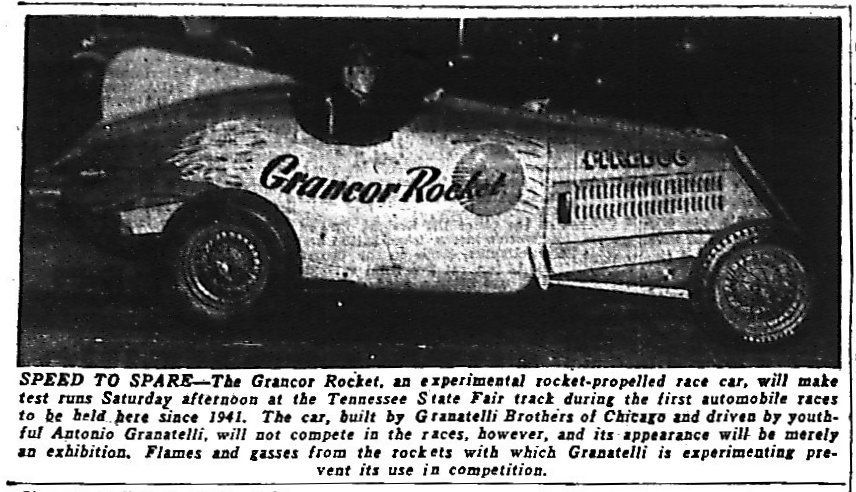 |
| A promotional photo from the Nashville Banner, 9/20/1946 |
Before we get to race day and the rocket car exhibition a little background history lesson is in store. This was September 1946. This was the first racing event to be held at the Fairgrounds since 1941. The first State Fair since 1941. People were starved for entertainment. This was 4 years before Nashville even had a television station.
So what happened during the fair? According to newspaper reports, record crowds showed up. The Fair set attendance records every day of its six day run. But the final day of the fair was more than anyone could have imagined. Again remember, this was 15 years before the interstate bridge crossed the Cumberland River. The only access from the north or east parts of Nashville to the Fairgrounds was across the Shelby, Woodland, or Jefferson Street bridges. There is a photo in the newspaper of cars lined up two abreast across the Shelby Street bridge, backed up on Fourth Avenue all the way from the Fairgrounds, and no telling how far back up Shelby Street on the other side of the river. Having seen the photo it’s still hard for me to imagine that many cars going to the Fairgrounds. The Sunday edition of The Nashville Tennessean dated September 22, 1946, reported there were 56,000 people in attendance at the auto race. That’s FOUR TIMES the capacity of the current grandstand.
Realize too that the track was a mile long (actually a mile and an eighth – it has something to do with horse racing) and the midway of the Fair was in the infield of the track and the infield was packed as well as the grandstands. So I certainly can’t prove the 56,000 number is wrong.
With the stands packed to the rafters and people lining the fences all around the track, Antonio the Great makes his run in the Grancor Rocket Firebug. And in the process set a new world’s record of over 108 miles per hour. Right here in Nashville, Tennessee, at our beloved Fairgrounds.
Sometime around 2006 or 2007 I made one of my many trips to the library with the intent of researching some of the State Fair races. For some reason I picked 1946 to research. I read through microfilm of the week of the Fair and the weekend reports of the races. And sure enough, right there on the front page of the Sunday Nashville Tennessean was the story about the race, the record run, and a photo of Antonio Granatelli in his rocket car with the packed grandstand in the background.
Now we come back to early in the story where I talked about being fortunate enough to meet some very cool people. It was the day before the 2008 Indianapolis 500 and the ESPN on ABC crew was rehearsing for the race the next day. I was in the broadcast booth in the Pagoda. A rather large tour group came through, and I recognized the leader of the group. It was Andy Granatelli. He was sitting off to the side, letting someone else do the speech to the group about the Pagoda, and I knew I had a copy of that 1946 newspaper on my laptop. I introduced myself to Andy and asked if he had a minute. When he said he did I grabbed my laptop and showed him the story in the paper.
He remembered it vividly. He confirmed the part about the people lining the fences. He remembers thinking they were braver than he was. They were leaning on the old wooden single-rail fence that was mainly there for the horse races. He said he wasn’t sure himself where that car was going at over 100 miles per hour, but they stood only inches away with complete trust he could keep the car under control.
He also talked about how narrow the track looked at over 100 miles per hour. And how dusty it was. Home movies I’ve seen confirm the dust problem, and local drivers who raced on the dirt track have told me there was only about a 6 inch layer of dirt spread on a layer of cork. That was to help prevent injuries to the horses, but the dirt wasn’t deep enough to absorb enough water to prevent the track from becoming a literal dust bowl when the cars raced on it.
I’m proud to say that from that meeting in 2008 that Andy and I have become friends. He hosts a small private dinner every year in Indianapolis a couple of nights before the 500 and I’ve been lucky enough to be a guest the last three years. The first two years I was seated right next to Andy’s younger brother Vince and have heard some amazing racing stories first hand from someone who has attended every Indianapolis 500 since 1946.
All because of a chance meeting. But most important, because of another chapter the Fairgrounds played in the history of auto racing.
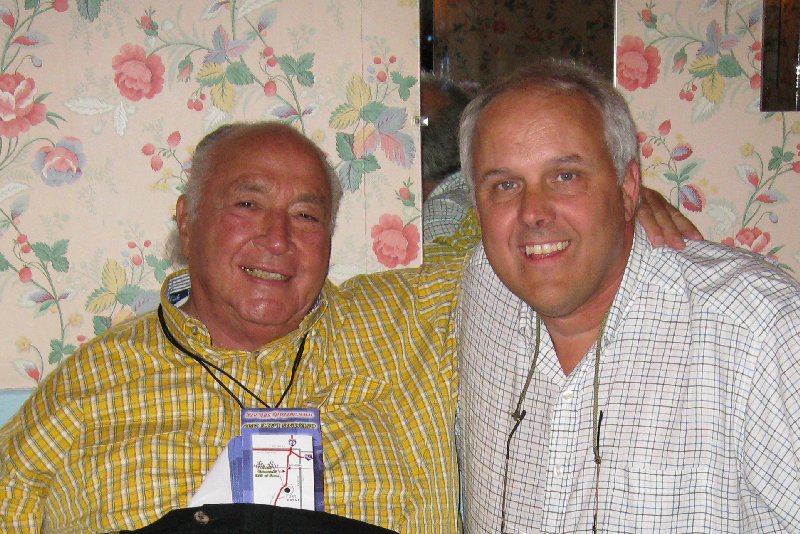 |
| Andy was gracious enough to allow me to have my picture taken with him in 2009 |

